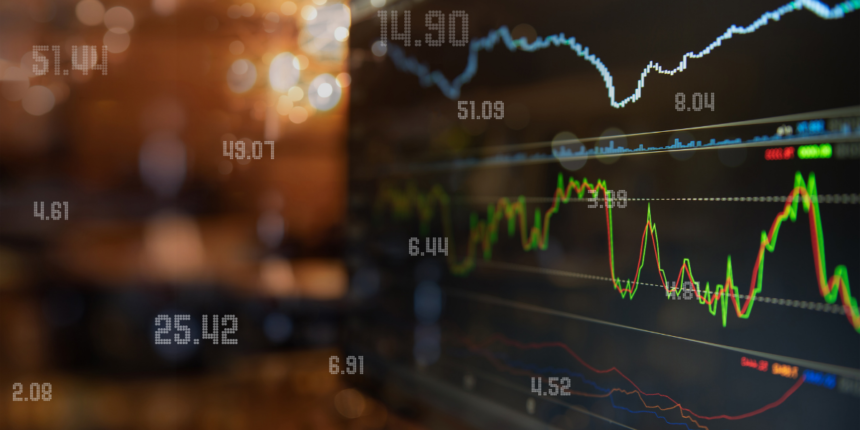Financial markets are facing uncertainties reminiscent of 2022, when the S&P 500 experienced a significant decline of 21% during the first half of the year, the worst performance since 1970. While inflation, a key driver of that downturn, has been brought under control to some extent, new economic pressures and policy shifts could reignite market volatility. Stakeholders observe that recent signs of stability in inflation may not shield markets from the potential impacts of tariffs and resource supply disruptions.
Why did 2022 markets crumble?
The 2022 market downturn was largely attributed to soaring inflation, driven by a 9.1% spike in the Consumer Price Index (CPI) in July of that year. Sharp increases in fuel costs, exceeding 60%, and crude oil prices surpassing $100 per barrel were significant contributors. Geopolitical tensions, especially Russia’s invasion of Ukraine, further exacerbated concerns over oil production. These factors, combined with heightened costs for goods like vehicles, created an inflationary spiral that weighed heavily on markets and consumer spending.
Are tariffs the next economic risk?
Proposed tariffs, including a 25% levy on imports from Mexico and Canada and 10% on goods from China, could create a new inflationary wave. The U.S. relies heavily on imports from these nations, including critical goods such as cars, computer components, and crude oil. Tariff implementation might increase production costs for U.S. manufacturers and consumer prices, potentially undermining recent progress in curbing inflation. The economic ripple effects of disrupted trade could also strain sectors like automotive and energy.
Trade data from 2022 highlights the economic interdependence between the U.S., Mexico, Canada, and China. Imports from these nations reached $537 billion, $455 billion, and $436 billion respectively. Any barriers to this trade could significantly impact supply chains and consumer markets. Notably, a reduction in crude oil imports from Canada and Mexico could lead to higher gas prices, reversing recent declines in average fuel costs.
Comparing the current situation to earlier periods reveals both similarities and differences. While inflation has moderated from its peak in 2022, the potential for policy-driven price increases remains a critical concern. Unlike 2022, when global energy markets were destabilized by geopolitical events, current risks appear more centered on trade policy and its domestic implications. However, the market’s vulnerability to external shocks remains evident.
If aggressive tariffs are introduced, they could act as a catalyst for renewed inflation, mirroring conditions that led to the 2022 sell-off. Economists warn that such measures may worsen supply chain bottlenecks, leading to elevated costs across multiple industries. Additionally, rising prices for essential goods could limit consumer spending power, further straining the broader economy.
Understanding the interplay between inflation and trade policies is critical for investors and policymakers. While the Federal Reserve has successfully managed inflation to an extent, external factors like tariffs could challenge its efforts. Monitoring economic indicators and global trade developments will remain crucial for anticipating potential market fluctuations in the coming months.










